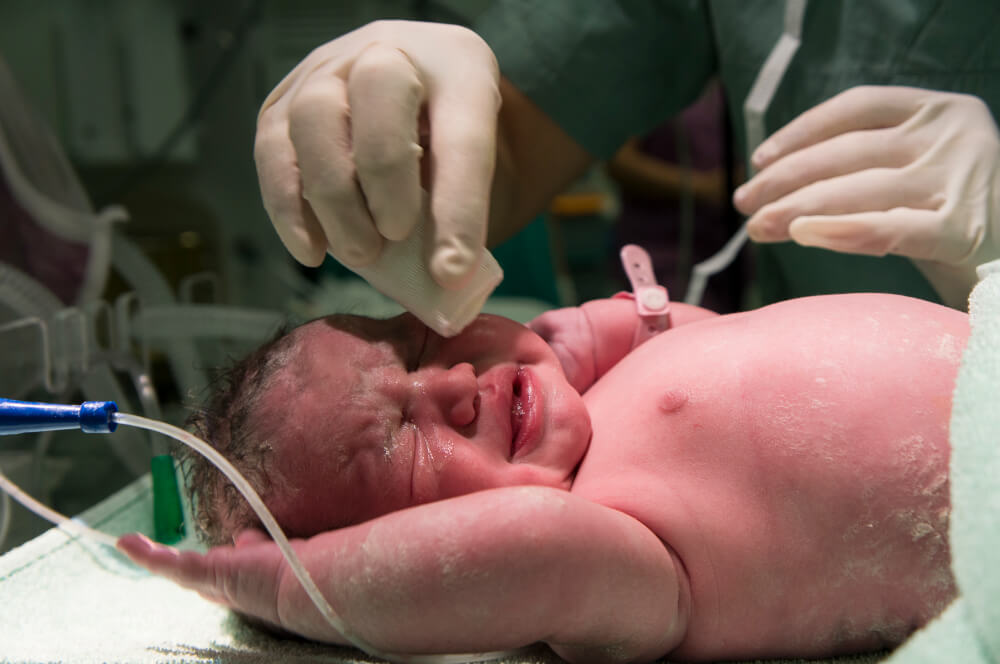Demystifying Congenital Conditions: A Comprehensive Guide to Causes, Diagnosis, and Treatment
Congenital conditions, also known as birth defects, are present at birth and affect millions of individuals worldwide. These conditions can range from mild and easily managed to complex and life-altering. Understanding the causes, diagnosis, and treatment options for congenital disorders is crucial for individuals affected, their families, and healthcare professionals aiming to provide the best possible care.
Understanding Congenital Conditions: A Spectrum of Possibilities
Congenital conditions can manifest in various ways, impacting different aspects of an individual’s health and well-being. Some common types include:
- Structural anomalies: These involve physical abnormalities in organs, bones, or other structures, such as cleft lip and palate, congenital heart defects, and clubfoot.
- Functional anomalies: These affect how the body functions, such as metabolic disorders, hearing or vision impairments, and intellectual disabilities.
- Chromosomal abnormalities: These involve changes in chromosomes, resulting in conditions like Down syndrome and Turner syndrome.
The severity of a congenital condition can vary greatly, and some individuals may experience multiple conditions simultaneously. While some conditions are readily apparent at birth, others may become evident only later in life.
Unveiling the Mysteries: The Causes of Congenital Disorders
While the specific cause of a congenital condition can sometimes remain elusive, several factors are known to play a role:
- Genetics: Changes in genes or chromosomes can be inherited from parents or occur spontaneously during development.
- Environmental factors: Exposure to certain substances during pregnancy, such as alcohol, tobacco, or certain medications, can increase the risk of specific conditions.
- Infections: Maternal infections during pregnancy, such as rubella or cytomegalovirus, can harm the developing fetus and contribute to congenital anomalies.
- Nutritional deficiencies: Lack of essential nutrients like folic acid during pregnancy can increase the risk of neural tube defects, such as spina bifida.
The Interplay of Factors: How Genetics and Environment Interact
It’s important to understand that the interplay between genetics and environment can be complex. While a specific gene might increase the risk of a congenital condition, environmental factors may act as triggers, determining whether or not the condition develops. For instance, individuals with a family history of a specific condition may not necessarily develop it themselves if they don’t encounter specific environmental triggers.
Recognizing the Signs: Early Detection and Diagnosis
Early detection and diagnosis play a vital role in managing congenital conditions effectively. Prenatal screening tests, such as ultrasounds and genetic testing, can help identify potential anomalies during pregnancy. After birth, routine checkups and specialized tests may be used to diagnose specific conditions. Early diagnosis allows for prompt intervention and treatment, which can improve outcomes and quality of life for individuals with congenital conditions.
Charting the Path to Recovery: Exploring Treatment Options
The specific treatment for a congenital condition depends on the nature and severity of the condition. Some common treatment options include:
- Surgery: Surgical procedures can correct structural anomalies, improve function, and alleviate symptoms.
- Medications: Various medications can manage symptoms, prevent complications, and improve overall health.
- Therapy: Physical therapy, occupational therapy, and speech therapy can help individuals develop skills and overcome challenges associated with their condition.
- Supportive devices: Assistive devices such as hearing aids, wheelchairs, or braces can improve mobility, independence, and participation in daily activities.
Beyond Treatment: Embracing Support and Resources
Living with a congenital condition can be challenging, and individuals and their families may require various forms of support. Support groups, counseling services, and social services can provide emotional well-being, navigate complex systems, and connect with others facing similar experiences.
A Brighter Future: Research and Advocacy for Congenital Conditions
Continuous research and advocacy efforts are crucial for improving the lives of individuals affected by congenital conditions. Research focuses on understanding the causes of these conditions, developing new diagnostic tools, and refining treatment options. Advocacy efforts aim to raise awareness, secure funding for research, and ensure equitable access to quality care for all individuals with congenital conditions.
Conclusion: Embracing Hope and Building a Brighter Future
Congenital conditions can be complex and present unique challenges. However, with advancements in diagnosis, treatment, and support, individuals with congenital conditions can lead fulfilling lives and contribute to society in meaningful ways. By understanding these conditions, promoting early detection, and supporting individuals and families affected, we can create a brighter future for everyone.


